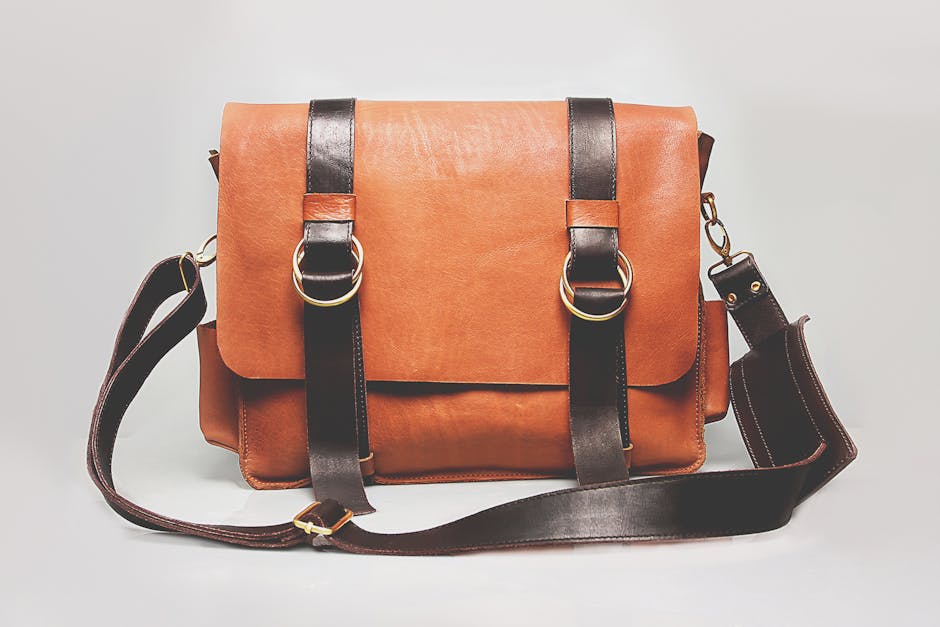or Plant Racks
Introduction
Plant racks, versatile and stylish, are more than just storage solutions for your beloved greenery. They’re a design statement, a space-saving marvel, and a practical way to nurture thriving indoor and outdoor gardens. Whether you’re a seasoned plant parent or just starting your botanical journey, a plant rack can be a game-changer. This guide will explore the diverse world of plant racks, helping you find the perfect fit for your needs and style.
Choosing the Right Plant Rack
Understanding Your Needs
Before diving into styles and materials, consider these crucial factors:
- Available Space: Measure your intended space accurately. Consider height, width, and depth.
- Plant Types and Sizes: Taller plants require more vertical space. Heavier plants demand sturdy racks. Group similar plants together based on light and watering requirements.
- Indoor vs. Outdoor Use: Outdoor racks need weather resistance.
- Aesthetic Preferences: Do you prefer a modern, rustic, or minimalist look?
Types of Plant Racks
The world of plant racks offers a multitude of options. Here are some popular choices:
- Tiered Plant Stands: A classic design, perfect for showcasing a variety of plants in a small footprint.
- Ladder Plant Stands: Leaning against a wall, these offer a visually appealing and space-saving solution.
- Corner Plant Stands: Maximize space in corners, often featuring triangular shelves.
- Hanging Plant Racks: Suspended from the ceiling, ideal for trailing plants and adding visual interest. Ensure secure mounting!
- Wall-Mounted Plant Shelves: Individual shelves that can be arranged creatively on a wall.
- Rolling Plant Stands: Equipped with wheels for easy mobility, great for repositioning plants to optimize sunlight exposure.
Materials and Durability
The material of your plant rack impacts its longevity and suitability for different environments:
- Metal (Iron, Steel, Aluminum): Durable and often weather-resistant, but can rust if not properly treated. Powder-coated metal is a good option for outdoor use.
- Wood (Bamboo, Pine, Cedar): Adds a natural touch, but may require sealing or staining for outdoor use. Consider rot-resistant woods like cedar.
- Plastic: Lightweight and affordable, but may not be as durable as other materials. Good for indoor use.
- Wicker/Rattan: Offers a bohemian vibe, but primarily suited for indoor use due to its susceptibility to weather damage.
Assembly and Maintenance
Consider the ease of assembly and ongoing maintenance:
- Assembly: Check if the rack requires assembly and if tools are included.
- Weight Capacity: Verify the weight capacity of each shelf to ensure it can support your plants.
- Cleaning: Regularly wipe down your plant rack to prevent dust and debris buildup.
- Weatherproofing (for outdoor racks): Apply sealant or paint to protect wood from moisture. Check for rust on metal and treat as needed.
Styling Your Plant Rack
Creating a Visual Harmony
Arranging your plants thoughtfully elevates your plant rack from functional to fabulous:
- Consider Plant Height: Place taller plants at the back and shorter plants in the front for better visibility.
- Vary Plant Textures and Colors: Mix different foliage types to create visual interest.
- Use Decorative Pots: Coordinate pot colors and styles to complement your decor.
- Add Accessories: Incorporate small statues, decorative stones, or trailing vines for added flair.
Optimizing Sunlight Exposure
Proper placement is key to healthy plant growth:
- Identify Your Plants’ Light Needs: Research the specific light requirements of each plant.
- Position Your Rack Strategically: Place sun-loving plants near a window and shade-tolerant plants further away.
- Rotate Your Plants Regularly: Ensure even light exposure on all sides of the plant.
Conclusion
A well-chosen and thoughtfully styled plant rack can transform any space into a vibrant and welcoming oasis. By considering your needs, exploring different types and materials, and paying attention to styling and sunlight exposure, you can create a stunning display that showcases your plants and enhances your home’s aesthetic. Happy planting!














Post Comment